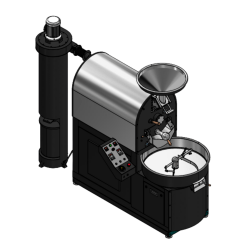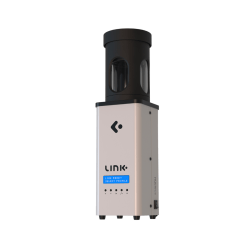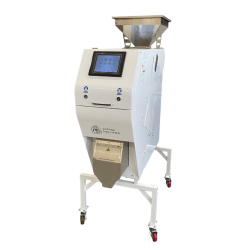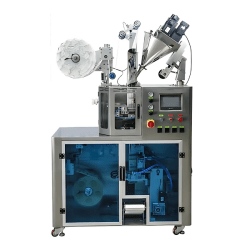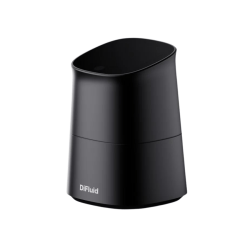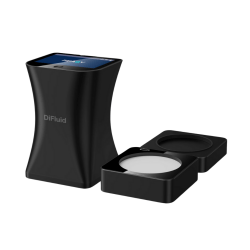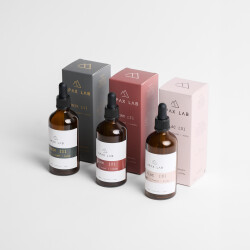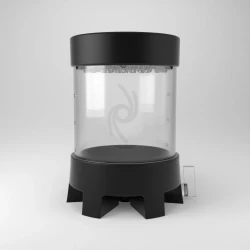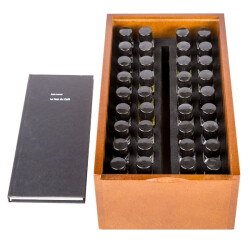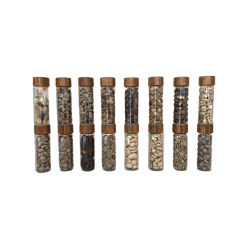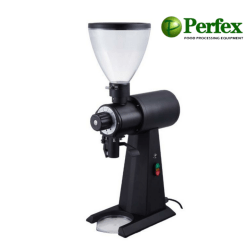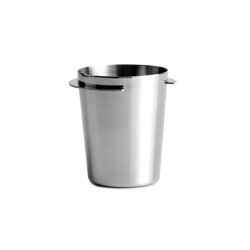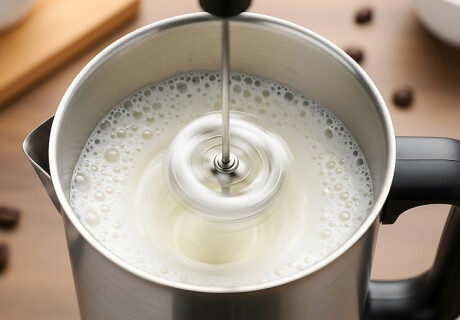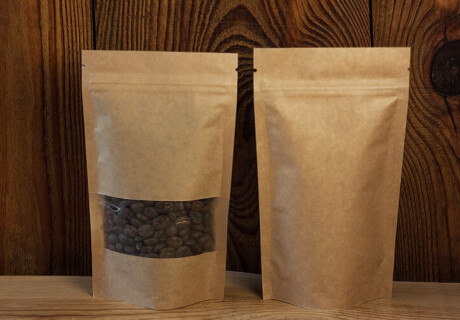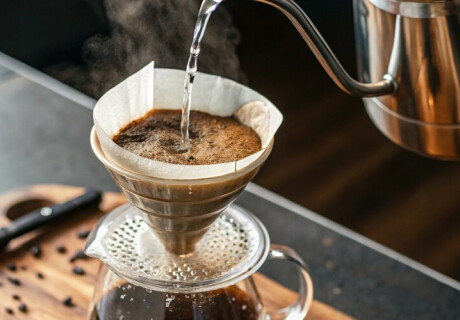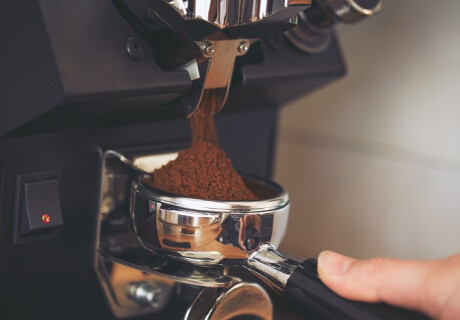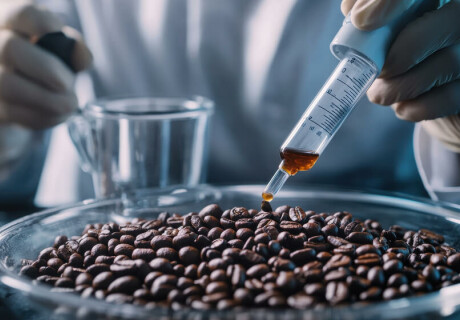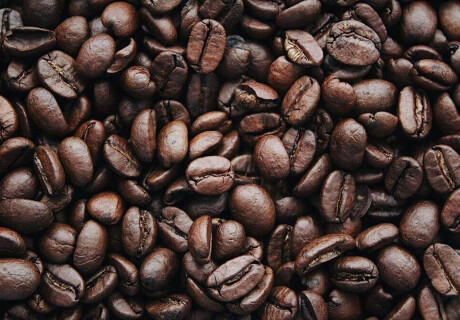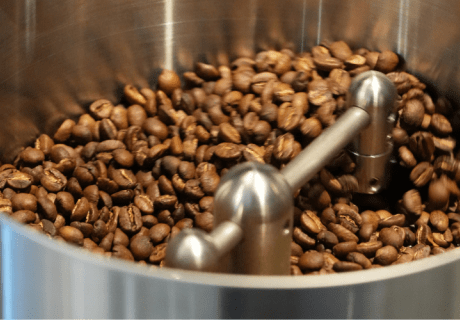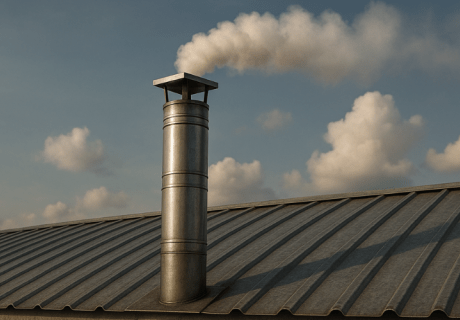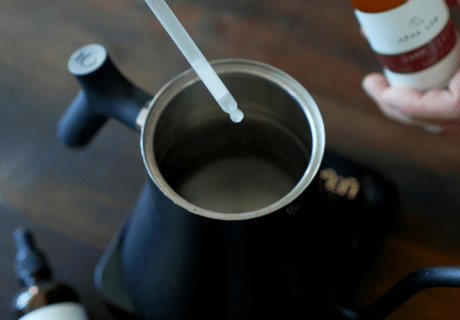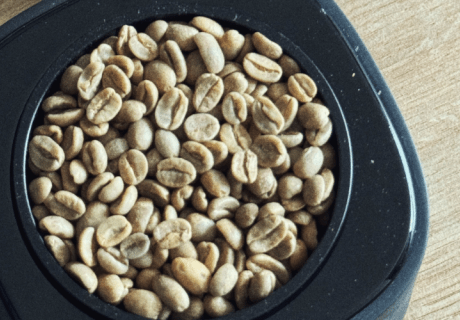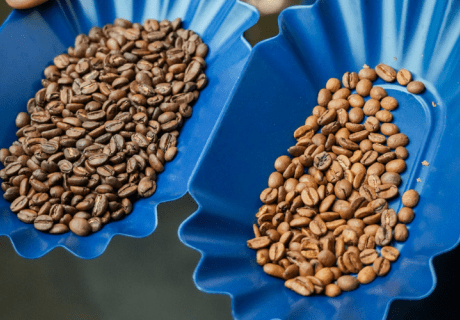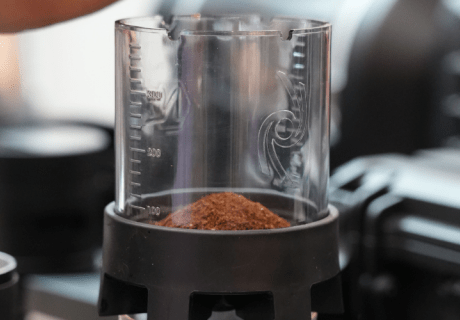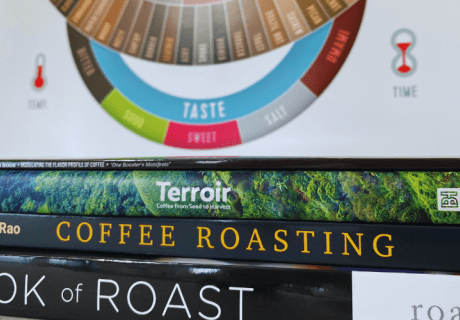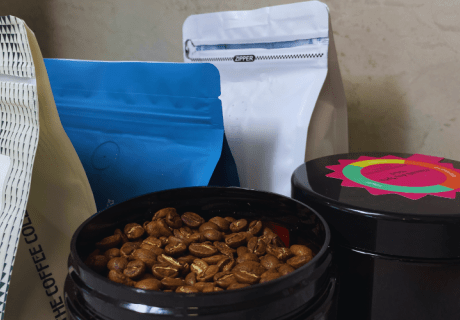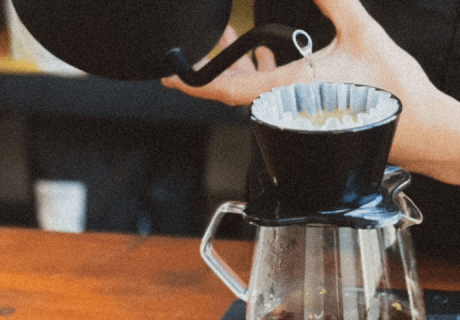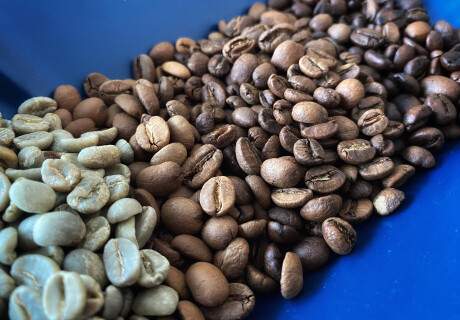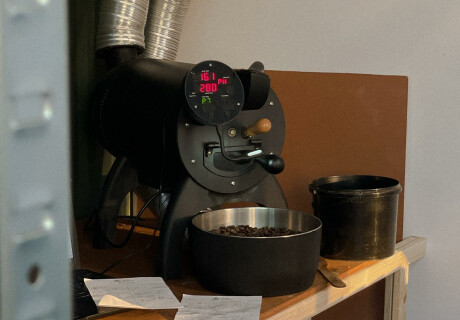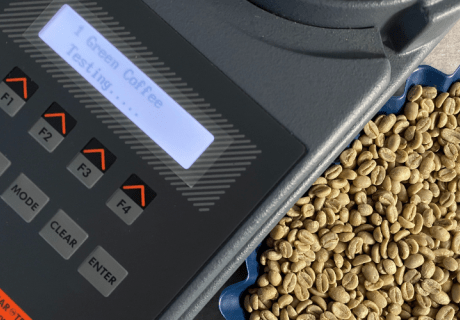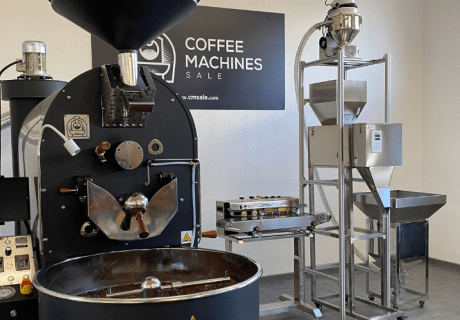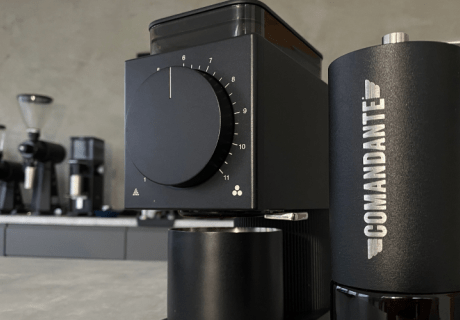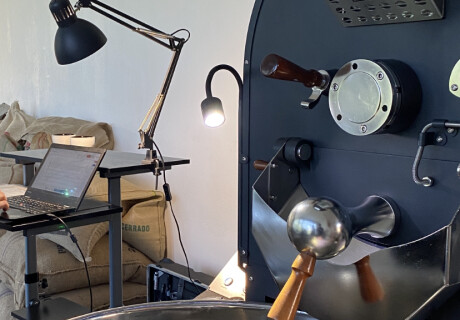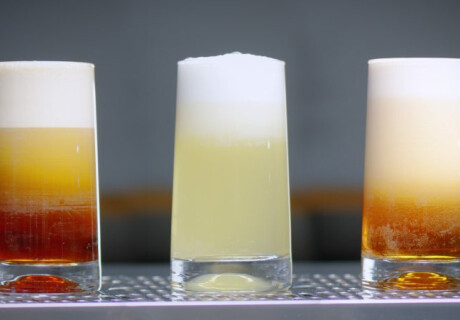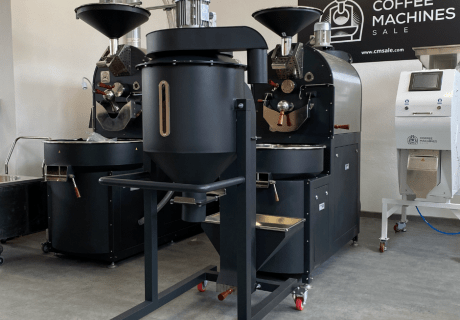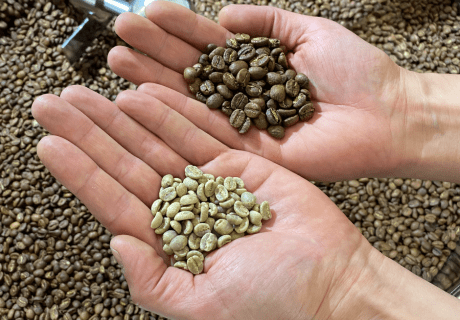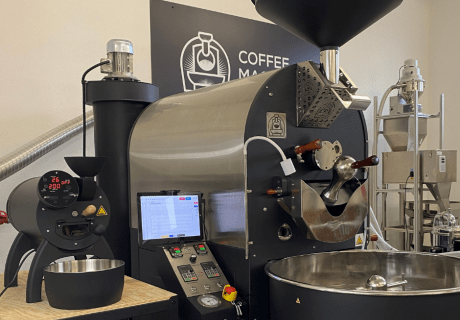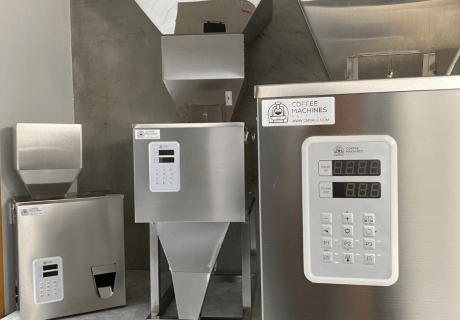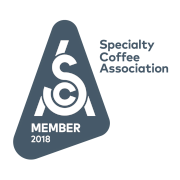How to Read Coffee Roast Curves and What They Really Mean
Introduction to coffee roast curves
When you dive into the art of coffee roasting, understanding coffee roast curves is really important for both beginners and experienced roasters. These roast curves are basically graphs that show how the temperature of the coffee beans changes throughout the roasting process. They give you a clear picture of how heat is applied and adjusted over time, which directly affects the final flavor of your coffee. Think of the curves as more than just lines on a graph—they tell the story of the coffee’s transformation, from raw green beans to the delicious, aromatic roasted beans you love. By learning how to read and understand these curves, roasters can adjust their roasting methods to get consistent results and bring out the exact flavors they want in each batch.
Central to coffee roasting is the roast profile curve, which works like a detailed plan for each batch of coffee. This curve helps roasters keep track of what works well and repeat successful roasts, making sure every batch meets quality standards. It is important because it shows different stages like drying, the Maillard reaction, and development time. Each stage helps bring out certain qualities in the coffee, such as acidity, sweetness, and body. By understanding this profile, roasters can adjust the temperature and timing during roasting. This helps them create a flavor that is both unique and consistent, giving you a great coffee experience in every cup.
The Importance of Bean Temperature During Roasting
Carefully managing the bean temperature during roasting is essential for producing a high-quality final product. Every phase of the roast process deeply relies on the accurate regulation of temperature to bring out the best characteristics of the coffee beans. By closely monitoring the bean temperature during roasting, roasters can navigate the complex transformation beans undergo, ensuring that each stage of the roasting process is executed optimally to achieve the desired flavor profile. Variations in temperature can drastically alter the taste, aroma, and body of the coffee, making it essential for roasters to maintain a keen eye on the temperature dynamics throughout the roast.
Temperature measurement has a big effect on the roast curve. This data is important for creating the roast development chart, helping roasters see how the temperature changes over time. Accurate temperature measurement provides the critical feedback needed to make real-time adjustments, guaranteeing a consistent product. It also helps roasters copy successful roasts, making the results more consistent and of higher quality. By using advanced tools and methods to measure temperature, roasters can learn to adjust the different factors that affect the roast curve. This allows them to create a well-balanced and tasty coffee that meets both their own and professional expectations.
Key Elements of a Roast Profile Curve
To fully grasp what is a roast profile curve, it's essential to break down its key components: time, temperature, and rate of rise. Each of these elements plays a crucial role in shaping the characteristics of the final roasted coffee. Time serves as the backbone of the profile, indicating how long the beans are exposed to heat and guiding the progression through different roasting phases. The duration spent in each phase, from drying to development, significantly influences the beans' final taste and aroma. Temperature, on the other hand, is the driving force that dictates the chemical transformations within the beans. A precise temperature control ensures that the beans develop the right balance of flavors, avoiding any undesirable notes caused by under or over-roasting.
In a coffee roasting curve explanation, the rate of rise refers to how quickly the temperature changes over time during the roasting process. It gives important information about how well the roasting process is working. Keeping the rate of rise steady and controlled is important for making each batch consistent because it helps roasters understand and control how heat affects the beans. By understanding these elements, roasters can develop a precise roasting strategy to guide them toward their desired coffee flavor profile. This careful method of profiling improves the roast’s quality and lets roasters adjust the process to create a unique flavor that coffee lovers will appreciate.
How to Analyze Roast Data for Better Results
For anyone looking to improve their coffee roasting skills, learning how to analyze roast data is a very valuable skill. Analyzing roast data means looking closely at detailed information about time, temperature, and rate of rise collected during roasting. By studying this information, roasters can see how different factors relate to the flavor and quality of the coffee. A helpful way to do this is by comparing the roast curves from good batches with those from less successful ones. This helps find differences in temperature or timing and shows what changes can improve future roasts. Keeping careful records helps roasters create a collection of roast profiles, making it easier to repeat good results.
Understanding coffee roast curves is central to achieving more consistent roasts. By carefully studying these roast curves, roasters can identify the exact points during the roast that affect the coffee’s flavor. This understanding helps them decide when to change the heat, make phases longer or shorter, and adjust how quickly the temperature rises to get the flavor they want. In addition, using technology that shows and analyzes roast data gives roasters a clearer view of the process, helping them improve their skills with greater accuracy. As roasters get better at reading and using this data, they can consistently make coffee that meets their quality goals and delights their customers’ tastes.
Common Mistakes When Reading Roast Curves
Misunderstanding how to read a coffee roasting curve is a common mistake that can cause inconsistent results. One frequent mistake is focusing solely on end temperature while neglecting the significance of the rate of rise. The rate of rise shows how fast the temperature is increasing and helps roasters know if the beans are heating too quickly or too slowly, which affects the coffee’s flavor. Another common mistake is depending too much on automated systems without paying close attention to the roast data. While technology is very helpful, it’s important for roasters to actively understand the details of each roast. The best results come from balancing the use of technology with their own experience and senses.
Another common error when understanding coffee roast curves is failing to account for environmental factors that can impact the roast, such as humidity and temperature fluctuations in the roasting environment. Ignoring these variables can lead to deviations in roast profiles and unexpected outcomes. To avoid these pitfalls, roasters should maintain a comprehensive log of all factors affecting the roast and regularly review their processes for potential improvements. By paying close attention to the entire roasting cycle, including the drying, Maillard, and development phases, roasters can ensure a more controlled and predictable roasting experience. Ongoing learning and adaptation are essential for preventing common errors and achieving excellent roasting results.
Tools and Software for Tracking Roast Curves
Employing the right tools and software for tracking roast profile curves is essential for achieving precision and consistency. Modern technology offers a variety of solutions tailored for roasters looking to refine their craft. One popular tool is Artisan, an open-source roasting software that allows users to monitor and record the roasting process in real-time. This software provides detailed visualizations of roasting trajectory graphs, enabling roasters to make informed adjustments during the roast. Cropster is a complete platform that helps track roast curves and also includes tools for managing inventory and controlling quality. This makes it useful for both small and large coffee roasting businesses.
Accurate temperature measurement is another important aspect of successful coffee roasting. Tools like digital thermocouples and infrared thermometers provide precise readings, allowing roasters to maintain the desired thermal environment throughout the process. Some roasters also opt for RoastLogger, a free software that assists in logging temperature data and visualizing roast curves successfully. Advanced roasting machines are often equipped with built-in data logging features that easily integrate with these software solutions, offering even greater control over the roasting variables. Using these tools and software helps roasters be more accurate, which leads to a more consistent and better-quality coffee.
Interpreting Different Phases of the Roast Curve
To truly master the art of coffee roasting, gaining a strong understanding of coffee roast curves means breaking down the different stages of the roasting process. Each stage of the roast curve contributes uniquely to the development of flavors and aromas in the coffee beans. The journey begins with the drying phase, where the beans are heated to evaporate moisture content, laying the groundwork for subsequent chemical reactions. This phase is crucial as it prepares the beans for more complex transformations that follow. Misjudging the drying stage can lead to uneven roasting, affecting the overall quality of the coffee.
The next phase is the Maillard reaction, a chemical process that significantly influences the coffee's flavor profile. This stage is where sugars and amino acids react to create the rich flavors and brown color associated with roasted coffee. Its control is central for achieving the desired balance between sweetness and acidity. Finally, the development phase is where the roast level is finalized. Here, the beans' internal and external temperatures are brought into harmony, and the characteristic aroma and flavor emerge. A solid coffee roasting curve explanation would highlight the importance of each phase in creating a roast profile that meets both aesthetic and sensory expectations. Understanding these phases can be broken down into:
- Drying Phase: Evaporates moisture; necessary for even roasting.
- Maillard Reaction: Develops flavor and color; balances sweetness and acidity.
- Development Phase: Finalizes roast level; reveals aroma and taste.
By focusing on these phases and understanding their impact on the roast curve, roasters can adjust their approach to create coffee with optimal flavor and aroma.
Practical Tips for Mastering Roast Curve Analysis
Learning how to analyze roast curves takes practice and a clear plan. Here are some useful tips to help you improve. First, develop a routine of consistently logging every roast session. This practice allows for a more comprehensive understanding of coffee roast curves and helps in identifying patterns and anomalies. Use software tools to visualize data effectively, which makes the process of learning how to analyze roast data more intuitive and impactful.
Embrace a mindset of continuous improvement by experimenting with different roast profiles and taking detailed notes on the outcomes. Compare and contrast these notes to understand the effects of various variables. Regular cupping sessions can provide valuable sensory feedback that complements the technical data. Remember, mastering roast curve analysis isn’t just about knowing the data—it’s about using that knowledge with regular practice and trying new things to improve your roasting skills.

